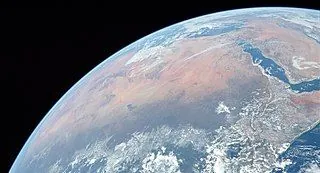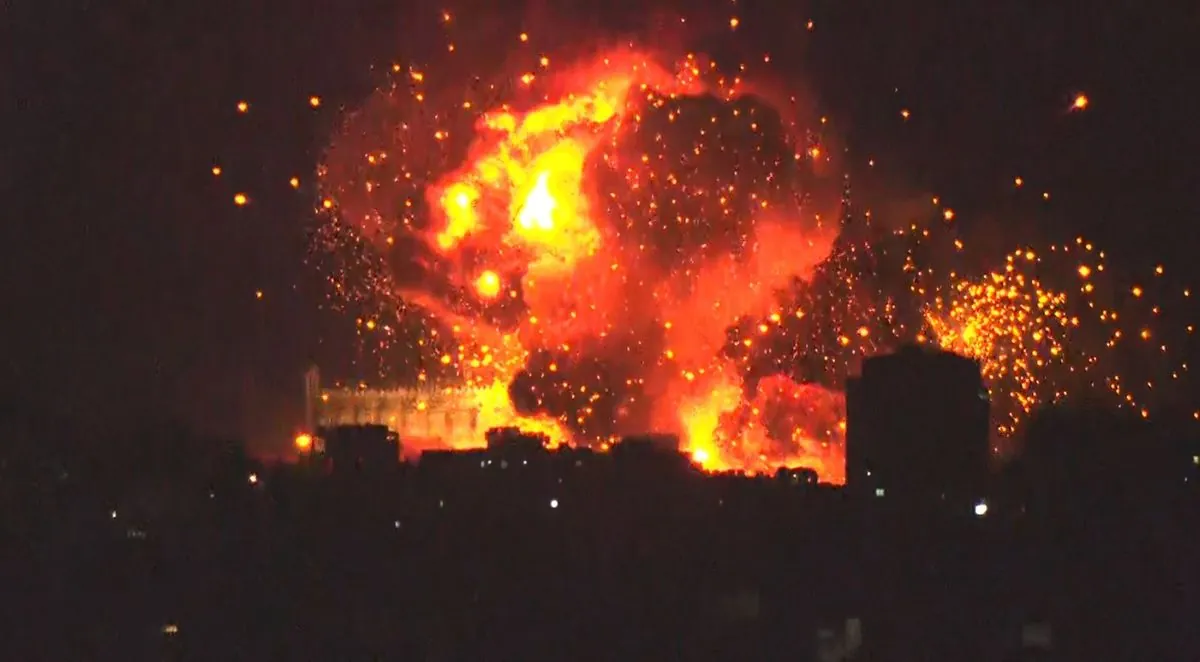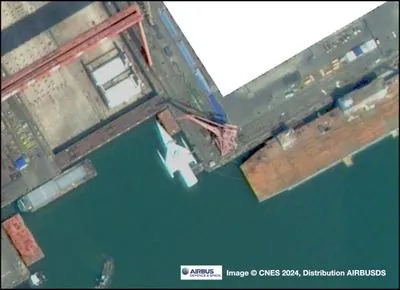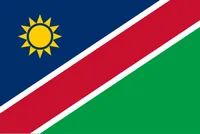Sahara
The Sahara is a desert spanning across North Africa. With an area of 9,200,000 square kilometres (3,600,000 sq mi), it is the largest hot desert in the world and the third-largest desert overall, smaller only than the deserts of Antarctica and the northern Arctic.

Some of the key events about Sahara
- 100 CETrans-Saharan trade routes became well-established, facilitating the exchange of goods and cultures across the desert
- 500 BCEThe Garamantes civilization flourished in the central Sahara, developing sophisticated irrigation systems
- 700 CEThe spread of Islam across North Africa led to the establishment of important centers of learning in Saharan cities
- 1000 CEThe Kingdom of Ghana rose to prominence, controlling much of the trans-Saharan gold trade
- 1325 CEMansa Musa's famous pilgrimage to Mecca brought global attention to the wealth of the Saharan kingdoms
- 1900French colonization of much of the Sahara region commenced, leading to exploitation of resources
- 1920Severe drought struck the Sahel region, causing widespread famine and displacement
- 1950Oil exploration began in the Sahara, leading to significant economic developments in the region
- 1960sOvergrazing and poor land management practices accelerated desertification in the Sahel
- 1968A major drought began, lasting until 1974 and causing an estimated 100,000 deaths in the Sahel
- 1980The Great Man-Made River project was initiated in Libya to transport water from aquifers beneath the Sahara
- 1980sDesertification intensified, with the Sahara expanding southward at an alarming rate
- 1984Another severe drought hit the region, leading to widespread famine and international aid efforts
- 1990sTerrorist groups began using the vast, ungoverned spaces of the Sahara as hideouts and training grounds
- 2003Kidnappings of tourists and aid workers in the Sahara became more frequent, damaging the region's economy
- 2009The Desertec project was proposed, aiming to harness solar energy from the Sahara for sustainable power generation
- 2012Political instability and conflict in Mali spilled over into other parts of the Sahara, exacerbating regional insecurity
- 3000 BCEThe ancient Egyptians established trade routes across the Sahara, connecting North Africa with sub-Saharan regions
- 8000 BCERock art depicting diverse wildlife and human activities emerged in the Sahara, indicating a more hospitable climate
- 8000 BCEDesertification began, transforming the once lush savanna into an arid landscape
Disclaimer: This material is written based on information taken from open sources, including Wikipedia, news media, podcasts, and other public sources.





























